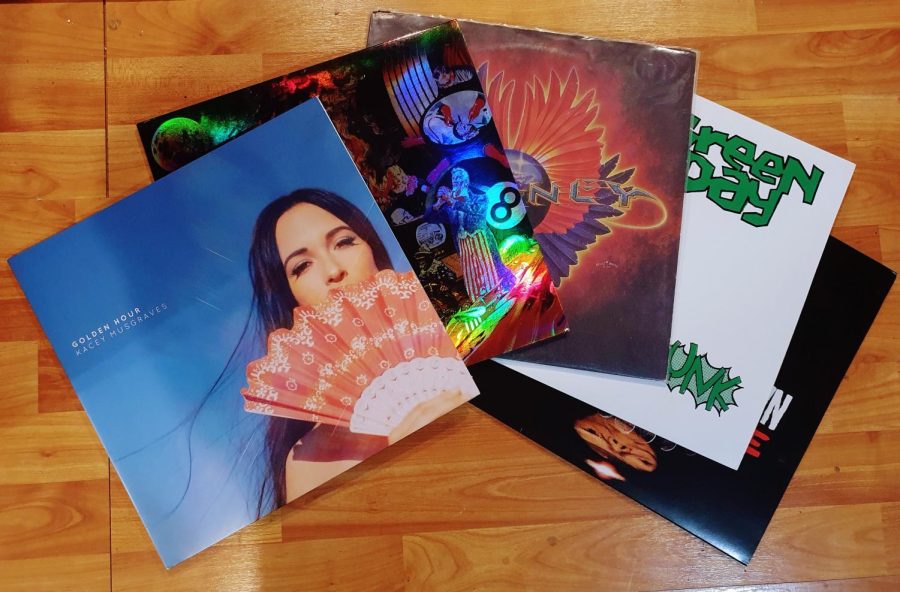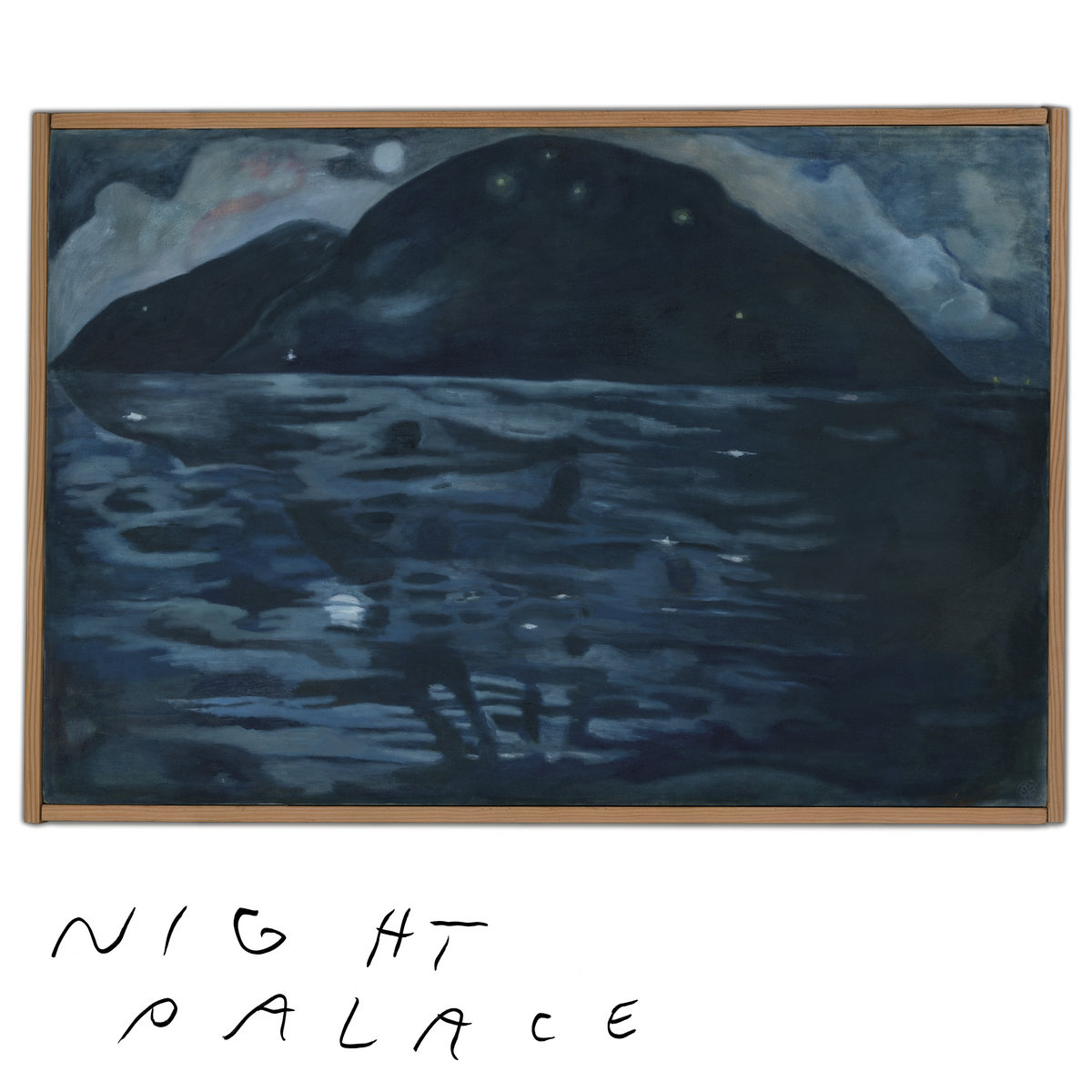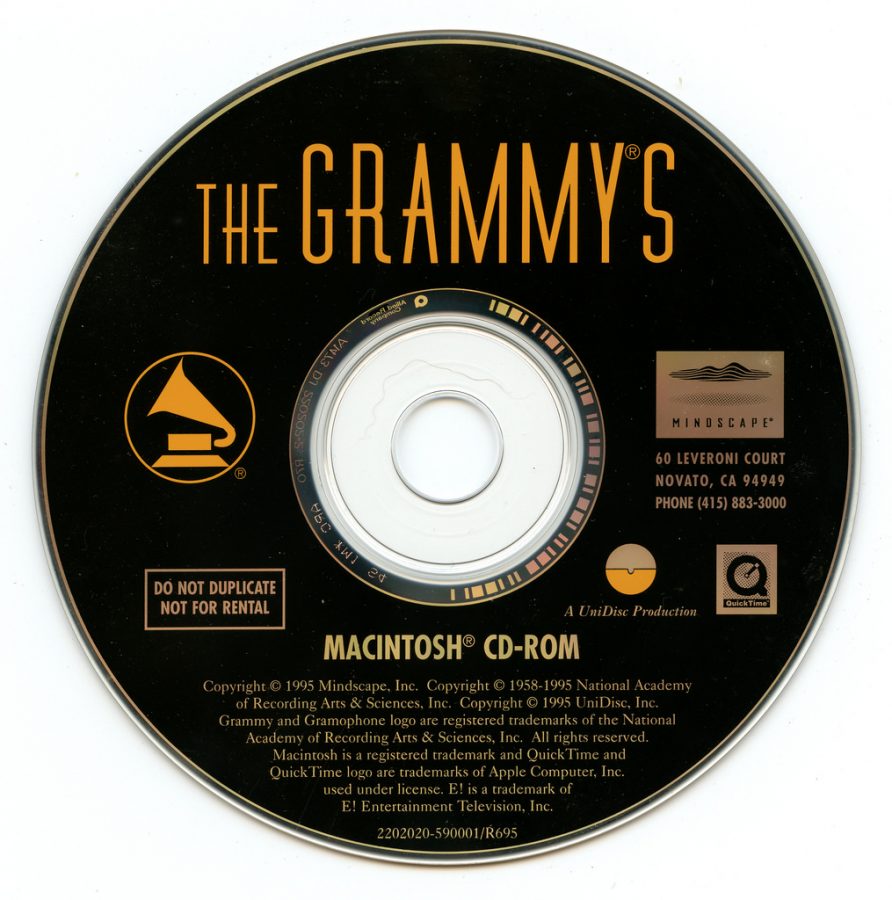Nostalgia and throwback trends are all the rage, but what about with our music? Sure, one could play a whole Journey album off their phone through any popular streaming app, but what about on a CD, a vinyl record, or even a cassette? Music we can physically purchase is something I, as a proclaimed “vinyl junkie,” find enjoyment in. Tangible music, at least for the foreseeable future, is here to stay.
So-called tangible music has been around since the beginning of the 20th century. The invention of the phonograph brought concerts into homes in a way that had never been seen before. Alongside the development of personal musical media came the radio, another innovation that found itself in the routines of millions of Americans and people globally. Still, despite radio’s development and growth, physical purchasing of records, cassettes and later on CDs remained a solid way to listen to albums and music of your choice.
Then, in the early 2000s, the development of mp3 brought about a whole new realm to the listening experience. Instead of owning a Sony Walkman or a similar device, which played cassettes or CDs, you could easily carry hundreds of albums on a slim and easily transported device. These devices would soon be washed out by smartphones and other devices that could play digital, streamed music.
Record stores and vinyl collections are making a comeback, as well as other forms of physical music such as CDs and cassettes. Most notably, records have been surpassing the sales of other physical albums on CDs for example. According to an article on okayplayer, vinyls accounted for $232.1 million in album sales in comparison to CDs which sold $129.9 million during the first half of 2020. An article by MusicWeek had similar conclusions, noting physical album sales have achieved about 20% of the market share. Growth in the purchasing of physical albums is very prevalent and demonstrates the interest is climbing.
Younger generations, such as mine, are showing a great interest in throwback trends and lifestyles. Listening to music physically could be a trend, but I feel that collecting tangible music will live beyond the trend waves. Tangible music never truly went away, it’s just making a resurgence. Artists post the vinyl boom, my personal way of referencing the 70s and late 80s, are releasing their new albums on vinyl. Taylor Swift, according to billboard, sold the most vinyl albums last year with 1.695 million copies. Swift isn’t the only artist releasing her albums on records, Billie Eilish, Tyler, The Creator and Lana Del Rey are also pressing new vinyl.
There is no denying that streaming platforms and digital music are here to stay. I personally listen to my playlists on Spotify on the road and while I’m on campus. Despite my use of digital music, I like to own physical music and purchase records when I have a couple cents to spare. Browsing through records at antique stores, record shops and occasionally at box stores is a hobby I enjoy and a hobby I feel I can connect with so many people on. My favorite albums range from my Blue Oyster Cult copies pressed when the albums were released in the 70s, to my Kacey Musgraves “Golden Hour” album, which got me through the roughest period in my life. Every time I purchase a new album, I love the experience of pulling the album out of the sleeve for the first time, reading everything on the cover and admiring the beautiful cover artwork. I also put a lot of care into my albums. Making sure I have the right equipment, storage and continue to clean the albums is important to me and just enhances the overall experience.
I am not alone in my story, in talking to friends who also enjoy purchasing vinyl, cassettes or even CDs, every aspect of the experience is special and unique for everyone. For me, seeing a tangible music comeback is exciting and proves a point. People want physical music and I doubt it is going away anytime soon.
This story was written by Erin Schneider. She can be contacted at [email protected].







